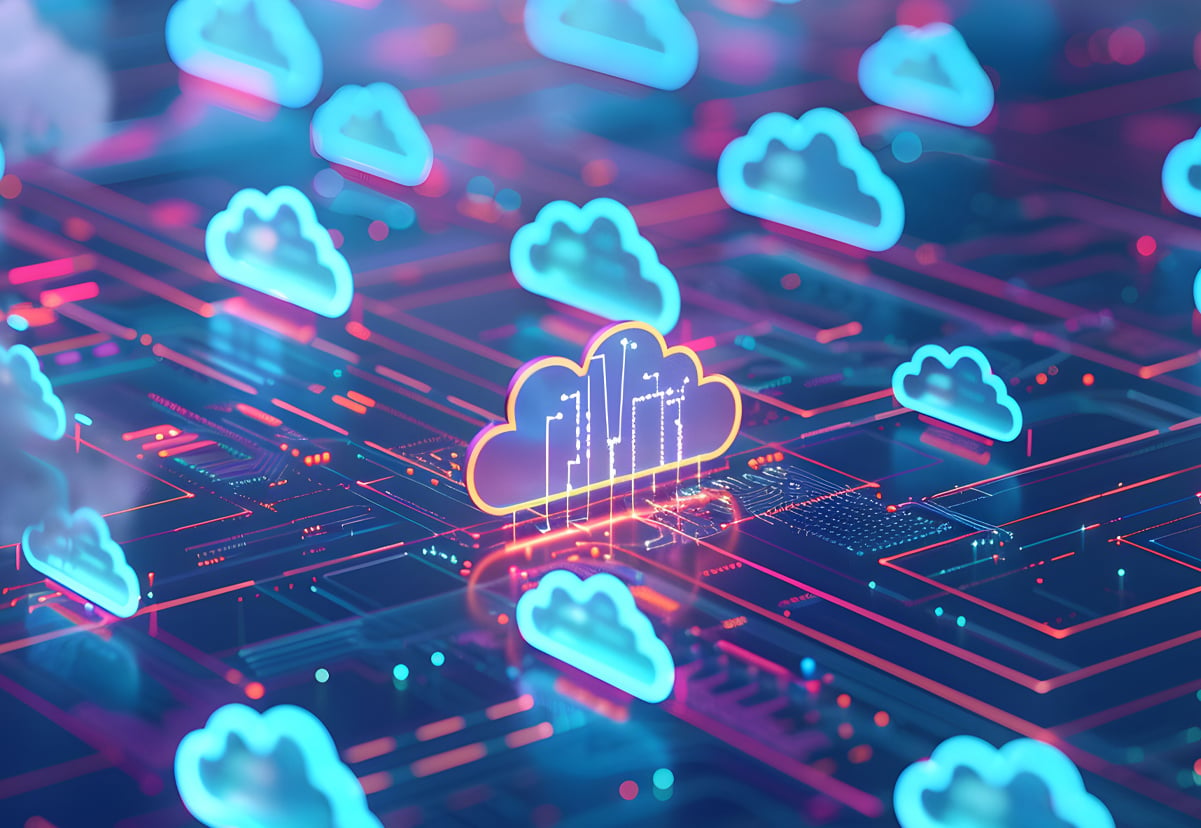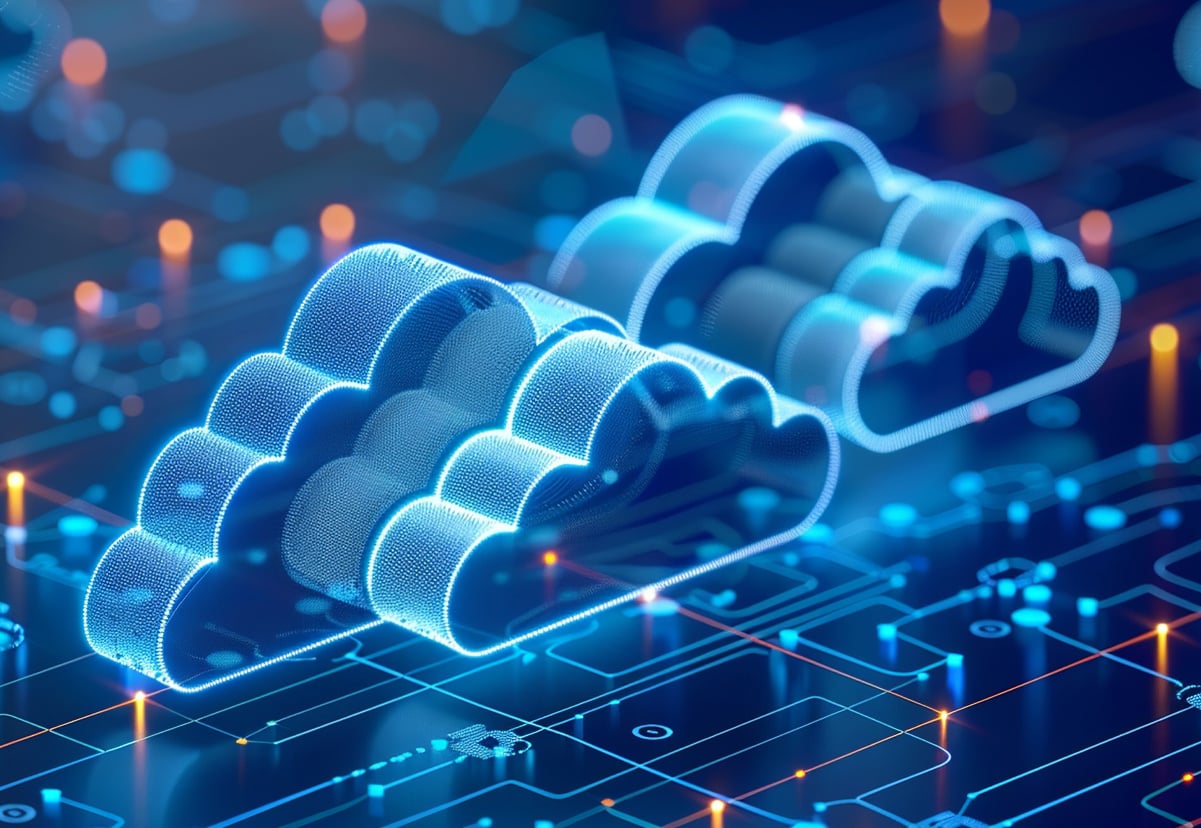
Transform your operations with scalable cloud technology solutions

Dedicated performance with enhanced security
C1's holistic approach to delivering Private Cloud solutions ensures that customers gain a fully private cloud infrastructure for unparalleled security, complete control, and tailored performance to meet your business-specific requirements.

Scalable and cost-effective solutions

The best of both worlds
C1’s expertise in designing and managing Hybrid Cloud solutions empowers customers to achieve the perfect balance of performance, security, and cost-efficiency. Delivering tailored environments that integrate private and public clouds to maximize flexibility, scalability, and control, ensuring your infrastructure aligns with your business needs.
Cloud solution partnership
Collaboration with technology leaders.
Multi-cloud support
Ability to operate seamlessly across multiple cloud providers.
Hybrid cloud capabilities
Integration between on-premises infrastructure and cloud environments.
Cloud-native services
Availability of cloud-first, scalable, and container-based services.
AI & machine learning integration
Built-in AI/ML tools for analytics, automation, and data processing.
Customer success stories and testimonials
C1 came to the task and found ways to make some adjustments to ensure we could meet executive timeframes for ensuring zero downtime. C1 and its managed services play a key part in making sure that infrastructure is running at all times.
Eric Jimenez
Chief Information Officer, Artesia General Hospital

I definitely recommend C1 to anyone. They ensured a robust, secure, and manageable network environment at Brewster Place.
James Powell
IT Director, Brewster Place

C1 has been like another team member. They make our projects happen smoothly and on time.
Will Gold
Director of IT, Meadowlark Hills
C1 wasn't just about coding; it was about understanding our needs and delivering the right solutions.
Dedra Wagoner
Senior Systems Analyst, Siemer Milling

Resources

Build the network that puts you two steps ahead
Learn how C1's Infrastructure Discovery Interview can help you develop a strategic approach to align your IT infrastructure initiatives with your organization’s goals.
Get started


